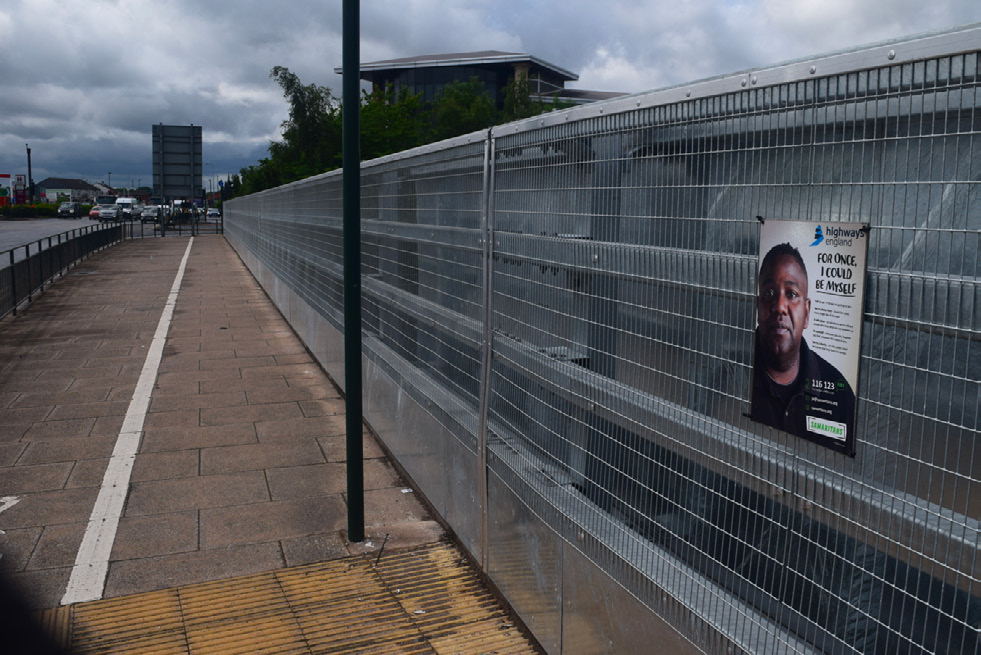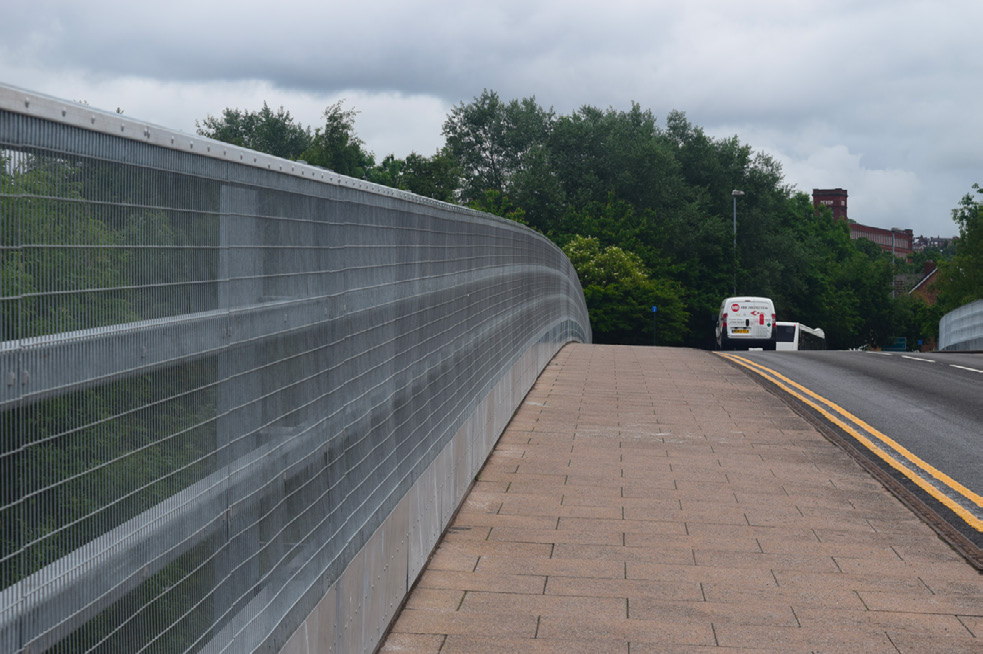Parapets Protect Against Suicide at Hotspot Bridges in Greater Manchester2
Four motorway bridges in Greater Manchester, UK, that pose a risk for suicide attempts are being refurbished to include new, anti-climb parapets. As part of National Highways’ bridge refurbishment scheme, 1.8-metre replacement steel parapets have already been installed on bridges at Hollins Road and Hollinwood Interchange over the M60.!

Replacement 1.8-metre aluminium parapets are also about to be installed on bridges at Hollyhedge Road and Simonsway over the M56. Aey Highways and Concrete Repairs Ltd, the contractors responsible for the replacement project on behalf of National Highways, had been tasked with sourcing new bridge parapet systems, tested to current standards, CE-certified and with anti-climb measures.
Varley and Gulliver’s world-renowned parapets were selected as the most suitable for the scheme, which includes the total parapet replacement of 676 metres.
The company’s leading experts were also consulted from the outset to select the most appropriate systems and to advise on design options and installation procedures. Varley and Gulliver was appointed to carry out a full parapet replacement package, which included supplying and installing edge protection, the removal of existing bridge parapets, fixing new anchorage sockets and installing the new parapets combine with anti-climb mesh infill.
Anti-access panels were also installed to prevent pedestrians from accessing the rear of the parapet system and walking along the rear of the edge beam.
All installations were completed during restricted night time working to avoid disruption to the general public.

Stacy Willis, Sales & Estimating Manager at Varley and Gulliver, said: “It’s very rewarding to work on such a worthwhile project, which will make a difference to the safety of all bridge users.
“The existing parapet systems on each of the structures were still acceptable from a vehicle containment point of view, however, the new parapets will prevent anybody from climbing on them and falling, either deliberately or accidentally.”





